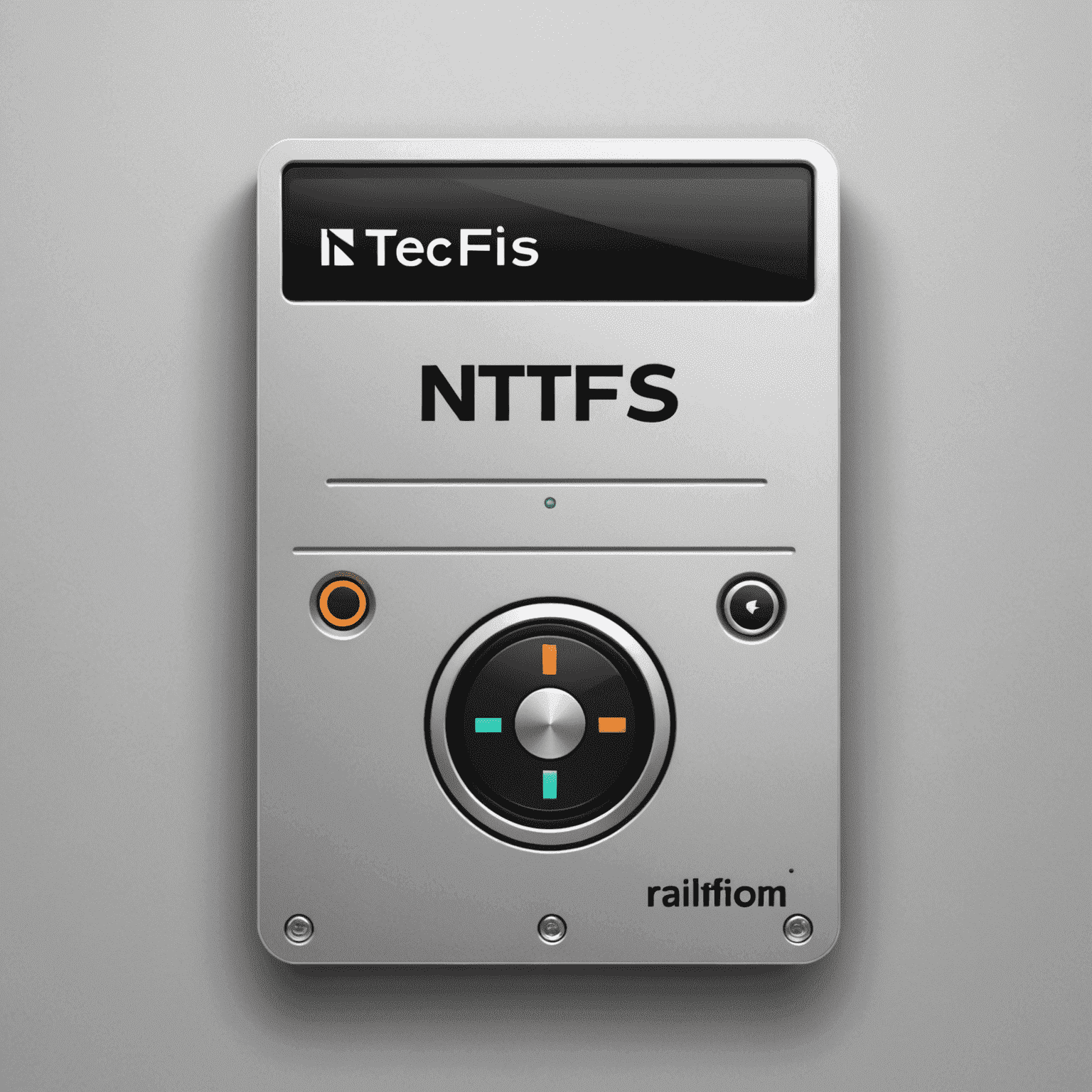NTFS vs. Other File Systems: What Mac Users Need to Know

As a Mac user, understanding file systems is crucial when working with external drives, especially in the context of macOS 15 and the latest Apple Silicon chips. Let's dive into a comparison of NTFS with other popular file systems to help you make informed decisions about your storage needs.
NTFS (New Technology File System)
NTFS is Microsoft's proprietary file system, commonly used in Windows environments. For Mac users, it presents some unique challenges and advantages:
- Pros:
- Supports large file and partition sizes (up to 16 exabytes)
- Offers built-in file compression and encryption
- Provides journaling for better data integrity
- Cons:
- macOS has limited native support (read-only by default)
- Requires third-party tools like toolboxstation for full read/write access on Mac
exFAT (Extended File Allocation Table)
exFAT is a Microsoft file system designed for flash drives and is compatible with both Windows and macOS:
- Pros:
- Cross-platform compatibility (works on both Windows and Mac)
- Supports large file sizes (up to 16 exabytes)
- No file size limit of 4GB (unlike FAT32)
- Cons:
- Lacks journaling, which can lead to data corruption if not properly ejected
- Not as efficient for small files compared to other file systems
HFS+ (Hierarchical File System Plus)
HFS+ is Apple's older file system, still used on many external drives formatted for Mac:
- Pros:
- Native support in macOS with full read/write capabilities
- Journaling support for better data integrity
- Efficient for both small and large files
- Cons:
- Limited compatibility with Windows (requires third-party software)
- Being phased out in favor of APFS
APFS (Apple File System)
APFS is Apple's newest file system, optimized for SSDs and flash storage:
- Pros:
- Designed for modern storage technologies
- Supports snapshots and better data integrity
- Optimized for Apple devices and macOS
- Cons:
- Not compatible with older versions of macOS (pre-High Sierra)
- Limited compatibility with Windows
Making the Right Choice for Your Mac
When deciding on a file system for your external drives, consider the following:
- If you frequently work between Windows and Mac, exFAT might be your best choice for seamless compatibility.
- For Mac-only use, APFS or HFS+ are excellent options, with APFS being more future-proof.
- If you need to use NTFS drives, tools like toolboxstation can provide full read/write access on your Mac, bridging the compatibility gap.
Remember, with toolboxstation optimized for macOS 15 and Apple Silicon M1, M2, and M3 chips, you can efficiently manage NTFS drives on your Mac, giving you the flexibility to work with any file system you choose.
Pro Tip:
When formatting a new external drive, consider your usage scenario carefully. If you're primarily using it with your Mac and other Apple devices, APFS might be the best choice. However, if you need cross-platform compatibility, exFAT could be more suitable. And remember, with tools like toolboxstation, even NTFS becomes a viable option for Mac users!